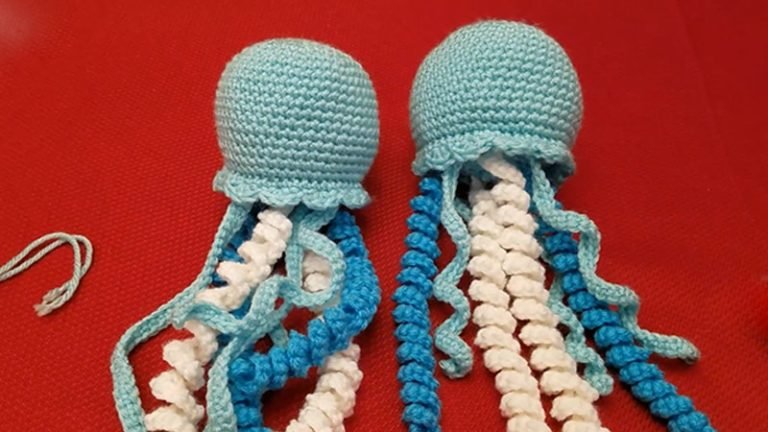
Pattern Description:
The Jelly Roll Rail Fence quilt is a beginner-friendly pattern that transforms 2 ½-inch jelly roll strips into striking woven blocks.
By piecing three strips together and alternating their orientation, you create a classic rail fence design.
Available in two sizes, this quilt is fast, fun, and perfect for showcasing favorite fabric collections.
Materials Needed & Measurements:
For a finished quilt measuring 72″ x 78″:
| Material | Quantity | Details/Measurements |
| Jelly Rolls/Strips | 2 jelly rolls | This equals 78 total strips, which are 2 1/2″ x WOF (Width of Fabric) strips. |
| Backing Fabric | 4 1/2 yards | |
| Binding Fabric | 3/4 yard | |
| Blocks Needed | 156 blocks | Each block is a 6 1/2″ square, created by cutting segments from the pieced strip rectangles. |
| Quilt Top Layout | 12 rows of 13 blocks each | The blocks are laid out alternating vertical and horizontal directions. |
For a finished quilt measuring 48″ x 54″:
| Material | Quantity | Details/Measurements |
| Jelly Rolls/Strips | 1 jelly roll | This equals 36 total strips, which are 2 1/2″ x WOF strips. |
| Backing Fabric | 3 yards | |
| Binding Fabric | 1/2 yard | |
| Blocks Needed | 72 blocks | These are 6 1/2″ blocks, assembled using the same instructions as the larger quilt. |
| Quilt Top Layout | 8 rows of 9 blocks each |
Instructions for Making the Jelly Roll Rail Fence Pattern:

Block Construction
The rail fence block is simple but versatile. Each block is composed of three equal-width strips sewn together and then cut into squares.
- Select Strips: Choose three jelly roll strips. These can be coordinated or contrasting depending on the look you want.
- Sew Strips: Place the strips right sides together and sew along the long edges using a ¼” seam allowance. Continue until all three strips are joined into one rectangle. The finished strip set should measure 6 ½” wide x 42” long.
- Press Seams: Press the seams open or to one side, depending on your preference. Pressing carefully helps maintain accuracy when cutting.
- Square the End: Using a rotary cutter and ruler, trim one end of the strip set to square it up.
- Cut Blocks: Cut the strip set into 6 ½” segments. Each segment will form one block. From each three-strip rectangle, you will get six blocks.
- Repeat: Continue sewing strip sets and cutting until you have the total number of blocks needed for your chosen quilt size (156 blocks for the large quilt, 72 blocks for the small).
Quilt Top Assembly
Once the blocks are complete, the fun begins with arranging them into the rail fence pattern. The distinctive design comes from alternating the direction of the blocks.
- Layout:
- For the large quilt, arrange 156 blocks into 12 rows of 13 blocks.
- For the small quilt, arrange 72 blocks into 8 rows of 9 blocks.
- Alternate Orientation: Place the blocks in alternating directions—vertical, then horizontal, then vertical. This simple change creates the woven effect characteristic of rail fence quilts.
- Sew Rows Together: Begin by sewing the blocks into rows. Once a row is complete, press the seams toward the vertical blocks for easier nesting later.
- Join Rows: For easier handling, join rows in smaller sections before completing the entire quilt top.
- Step A: Pair two rows and sew them together.
- Step B: For the larger quilt, you will end up with six paired rows.
- Step C: Join the pairs into sets of four rows.
- Step D: Finally, sew the larger sections together to complete the quilt top.
Finishing the Quilt
- Prepare the Backing: Cut the backing fabric to size, allowing at least 4 inches of excess on all sides for quilting.
- Layer the Quilt: Make a quilt sandwich by layering the backing (right side down), batting, and quilt top (right side up).
- Baste: Baste the layers together using your preferred method- safety pins, spray adhesive, or hand basting.
- Quilt: Stitch in the ditch along the seams for a clean look, or use an all-over quilting design to add texture.
- Trim and Square: After quilting, trim the excess batting and backing to square up the quilt edges.
- Bind: Use the binding fabric to finish the edges of the quilt.
Download Free PDF:





